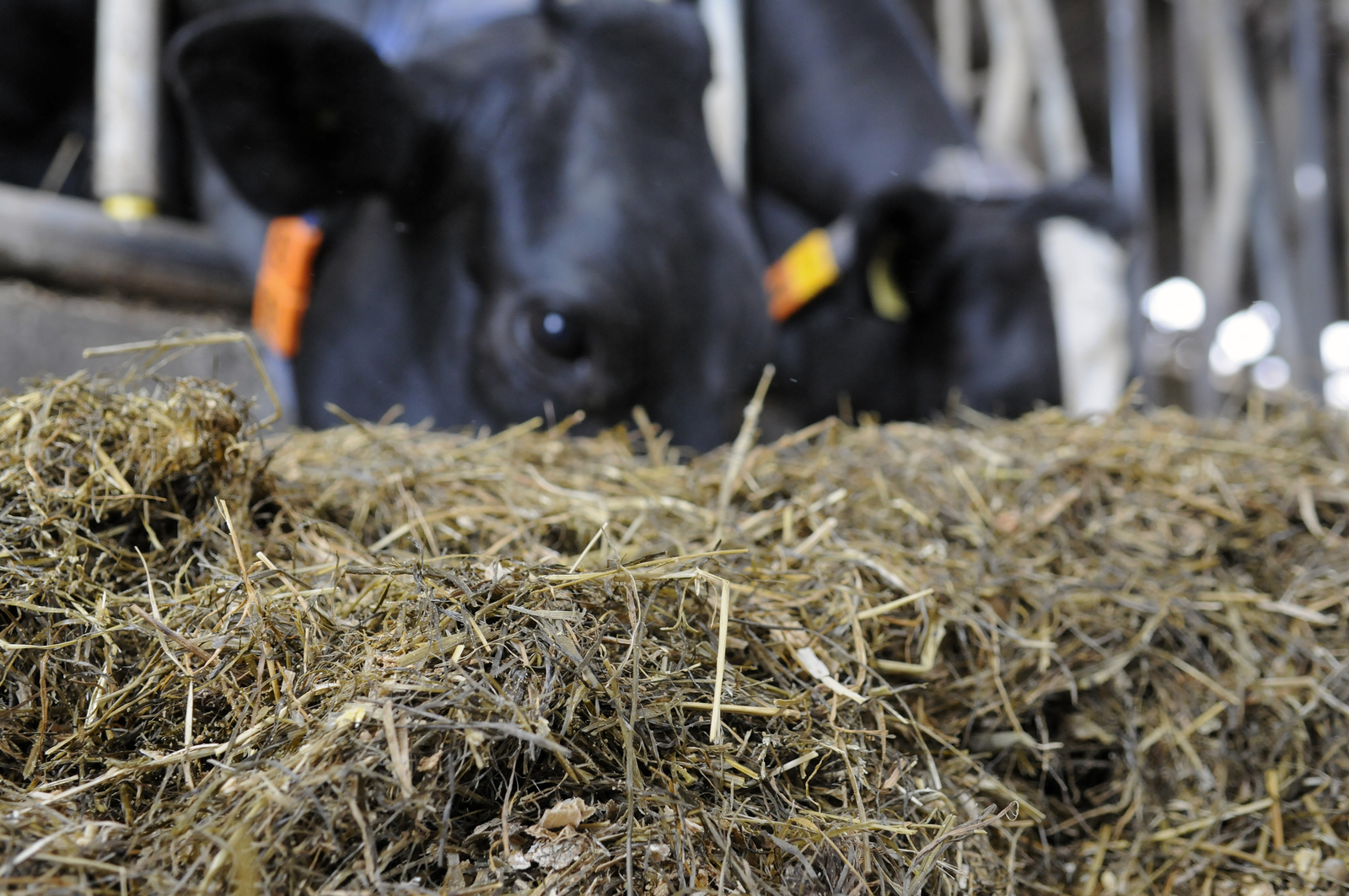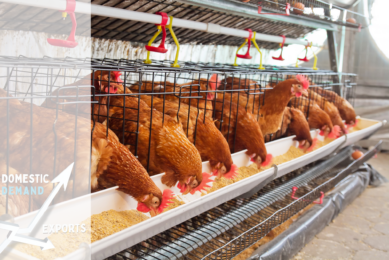Alltech: high mycotoxin risk in corn silage

Due to continuous development of moulds in storage, corn silage is now trending at high risk for mycotoxin contamination which contributes to a higher risk for total mixed rations (TMR), according to Alltech’s recent mycotoxin storage analysis for 2015.
Mycotoxicosis in ruminants is often the result of exposure to multiple toxins, due to pre‐harvest infestation of feed materials by Fusarium species as well as from postharvest contamination of stored materials. Due to multiple mycotoxins at lower levels, the damaging effects on ruminants may not always be evident by solely observing the animals. “All mycotoxins are produced by moulds. Moulds are highly influenced by weather conditions and environmental factors. Factors that affect mycotoxin production in fermented forages include plant stress prior to harvest, packing density, moisture, oxygen exposure and face management,” said Dr. Max Hawkins, a nutritionist with Alltech’s Mycotoxin Management Team.
Corn silage more contaminated
Through Alltech’s Analytical Services Laboratory, the company’s 37+® mycotoxin analysis program evaluates the change in mycotoxin numbers and levels over time from harvest through storage. By analysing the number and levels of mycotoxins present, the program can provide a Risk Equivalent Quantity (REQ) of the increase in risk from harvest to feed out. The most prevalent mycotoxins found in corn silage include Type B Trichothecenes and Fusaric Acid. According to Dr. Hawkins, corn silage in Europe is more contaminated than grass silage and appears to be representing a greater risk; therefore it is a more problematic ingredient. However, this does not indicate that grass silage is risk-free. In terms of risk for dairy and beef, both are at high risk due to presence of Type B Trichothecenes and Fusaric Acid.
Mycotoxins: What does it really cost for different animal species? Read the full article here.
Majority samples contain multiple mycotoxins
REQ levels for dairy illustrate 60% high risk, 26% medium risk and almost 16% low risk. The average REQ for beef cattle is at moderate to high risk level. More than 83% of the corn silage samples are at moderate to high risk for dairy cattle. Total mixed rations (TMR) samples illustrate more than 60% contain at least three mycotoxins. Type B Trichothecenes, Fusaric Acid and Penicillium show significant prominence and influence dry matter intake, rumen function, milk/ meat production, gut health, low immune response and growth rate, which can affect the life time performance of dairy and beef cattle. One-third of TMR samples from European dairy and beef cattle are high at risk.
Is there a silver bullet to eliminate mycotoxins? Read the free whitepaper about this topic here.
Higher REQ level
“The TMR monthly average shows a definite increase over time originating from a low risk to well above a high risk. This is prevalent from the samples coming from Europe. The trend since February 2015 has demonstrated a much higher REQ level to cow health and performance. As we feed further into these storage forages, it is not uncommon to see storage toxins, increase in mould growth and a loss of nutrition as the summer harvest approaches,” said Dr. Hawkins. “We need to continue to monitor mycotoxin levels particularly as we enter these later stages of storage forages in grains,” Hawkins said. Feed ingredients and TMR’s need to be continually monitored, as well as, cow health and performance to ensure negative economic impact on farms.
Alltech has analysed more than 800 samples of European ruminant feed from September 2014 to July 2015.











